Can You Grow Houseplants Together – Tips For Growing Companion Houseplants
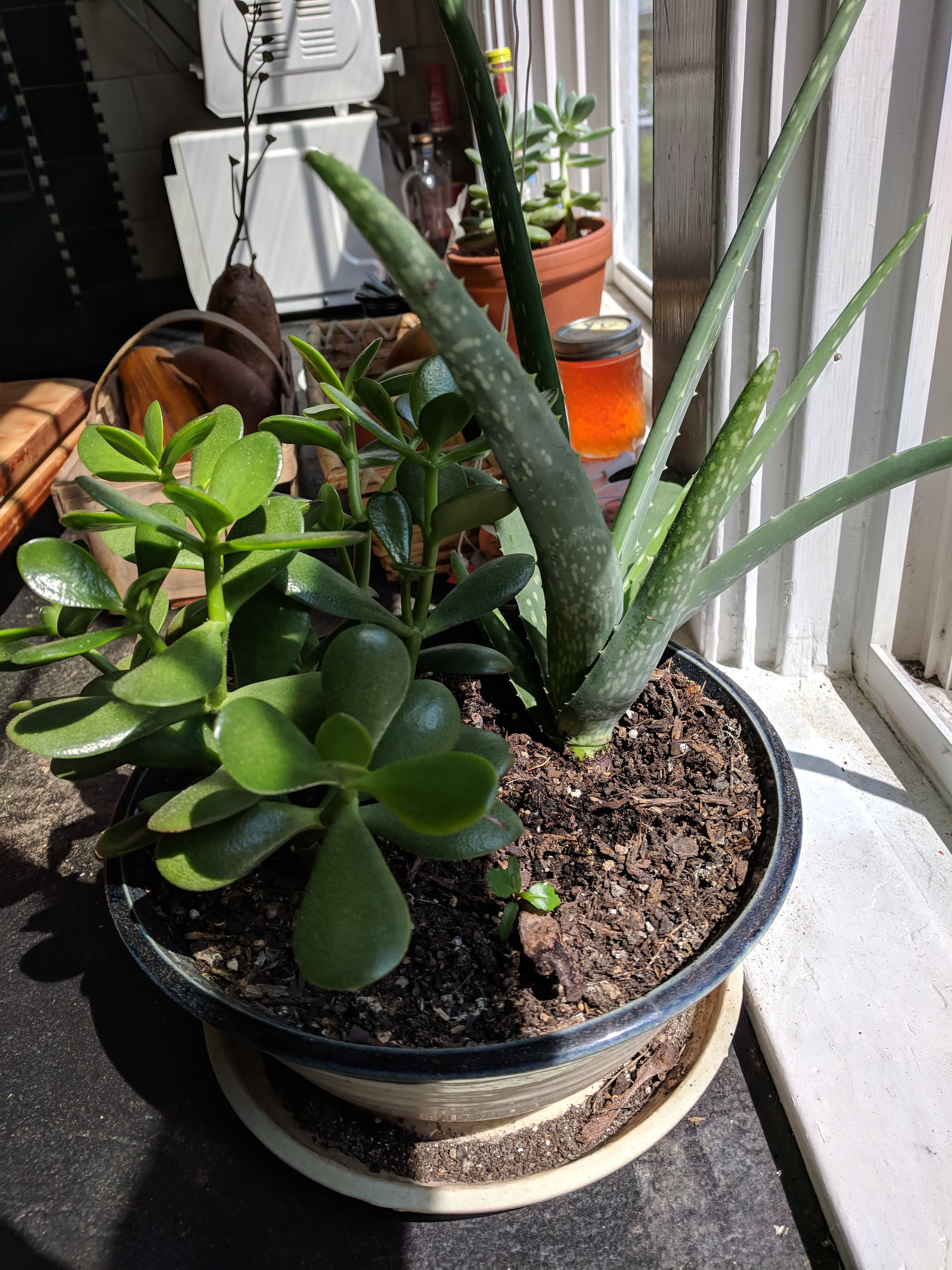
Houseplants are a necessity for gardeners in cooler climates. Most people simply plant a single houseplant in a pot, but can you grow houseplants together in the same pot? Yes. In fact, multiple houseplants in one container add some extra pizzazz to a room. The key is to combine companion houseplants that suit one another.
Can You Grow Houseplants Together in the Same Pot?
Absolutely, multiple houseplants can be planted in one container. Think about it. In the garden, we regularly combine different plants together. If you’ve ever bought or received a basket of live plants for a gift, you will see that florists often combine several plants.
There are, of course, a few rules of thumb about houseplant container mixing. Houseplants in one container should share the same growing conditions. It wouldn’t work very well to combine a cactus with a fern, for instance. Many types of succulent plants, however, are right at home with cacti or other succulents.
Benefits of Houseplant Container Mixing
A single lonely ficus in a corner or a hanging fern are nice but combining like-minded houseplants with the ficus or fern makes a statement. The combination becomes a focal point.
Plants can be combined to accent colors in a room, tall plants can be grouped together to draw the eye upward, different textures and colors add drama, and trailing plants create movement making an otherwise lonely plant a work of art.
What are Companion Houseplants?
Companion plants are those that have similar light, nutrition, and water requirements. As mentioned, it would never do to plant a cactus and a fern together. The cactus likes a long, dry, cool winter dormancy while the fern wants low light and consistently moist soil. Not a marriage made in heaven.
There are also some allelopathic plants, such as Kalanchoe daigremontiana, that make the soil they are growing in toxic. It doesn’t mean anything by it; it’s just a survival mechanism. Luckily, most houseplants are quite resilient and will pair up nicely together.
Gardening tips, videos, info and more delivered right to your inbox!
Sign up for the Gardening Know How newsletter today and receive a free copy of our e-book "How to Grow Delicious Tomatoes".
Most of the common houseplants, such as philodendrons, scheffleras, peace lilies, tolerate or even like average light, humidity and water, so could all be combined in a pot. Throw in a dracaena for height and some coleus for color, and you’ve got an eye-catching arrangement. If you can’t seem to find plants with the exact same requirements, you can grow your grouping in individual pots that are nestled in a basket.
As time goes on and the plants grow, they may need to be repotted and moved to another place, but in the meantime, you have an interesting combination with the benefit of being able to individually water and fertilize. Just remember that the plants need to share the same light requirements.
Be creative and select different growing habits from upright to cascading, different textures, and different colors. For example, tuck in some annual bloomers for a spot of color, knowing full well that their time will be up at some point, but you can enjoy them nonetheless. Usually, only one tall plant is needed for a combination pot and it should be put to the back center of the container.
Trailing or cascading plants should be planted at the edges of the pot. Think of the tallest plant as the top of a pyramid and plant accordingly around this. Lastly, don’t be afraid to try different combinations, but do a little research first. Even with the best knowledge, sometimes plants, like people, don’t get along and it just wasn’t meant to be.

Amy Grant has been gardening for 30 years and writing for 15. A professional chef and caterer, Amy's area of expertise is culinary gardening.
-
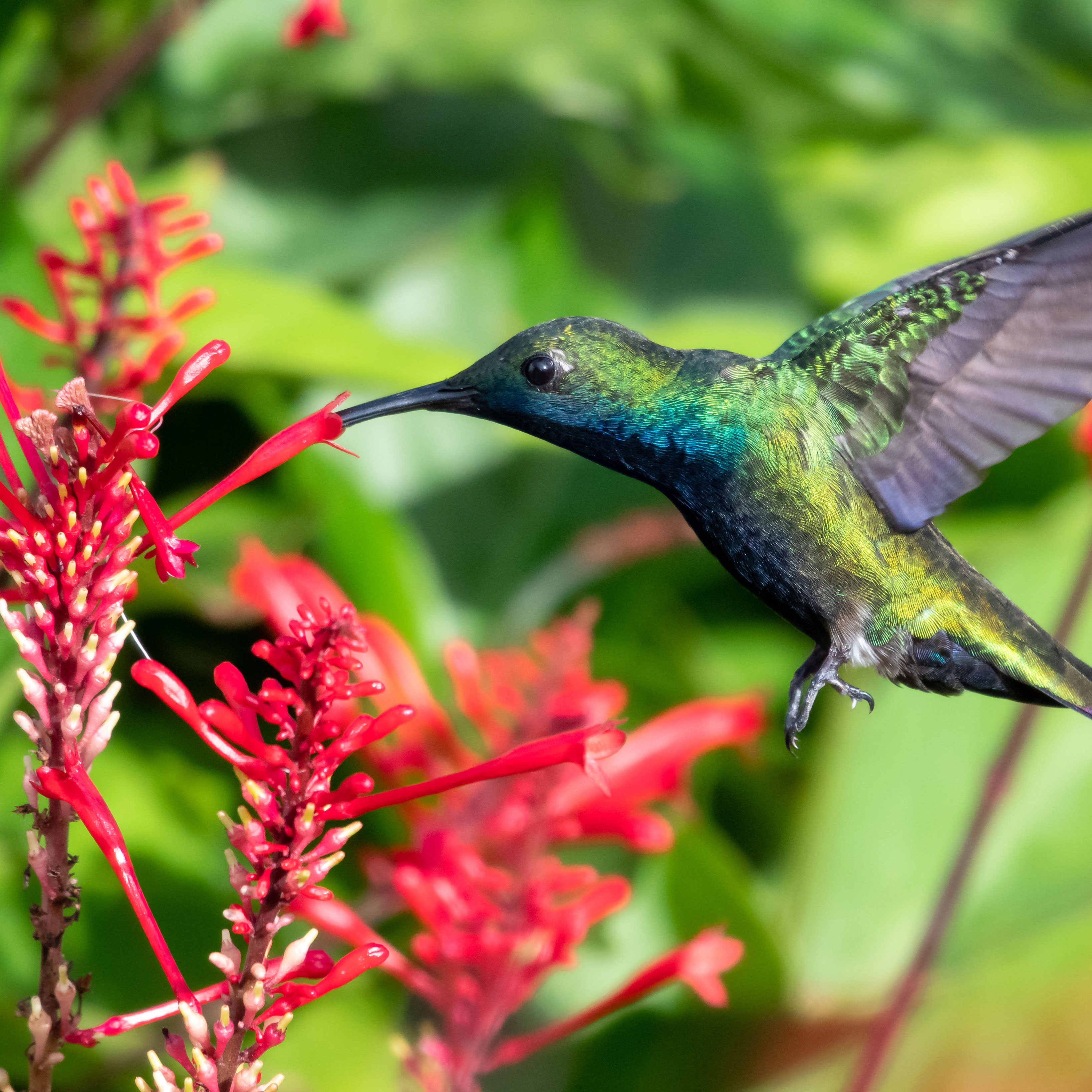 Terrifically Tubular Flowers For Hummingbirds: 9 Tube-Flowered Plants To Attract Hummers
Terrifically Tubular Flowers For Hummingbirds: 9 Tube-Flowered Plants To Attract HummersGrowing tubular flowers for hummingbirds helps you create the optimum feeding conditions for your winged friends. Here are nine tubed delights for hummers
By Tonya Barnett
-
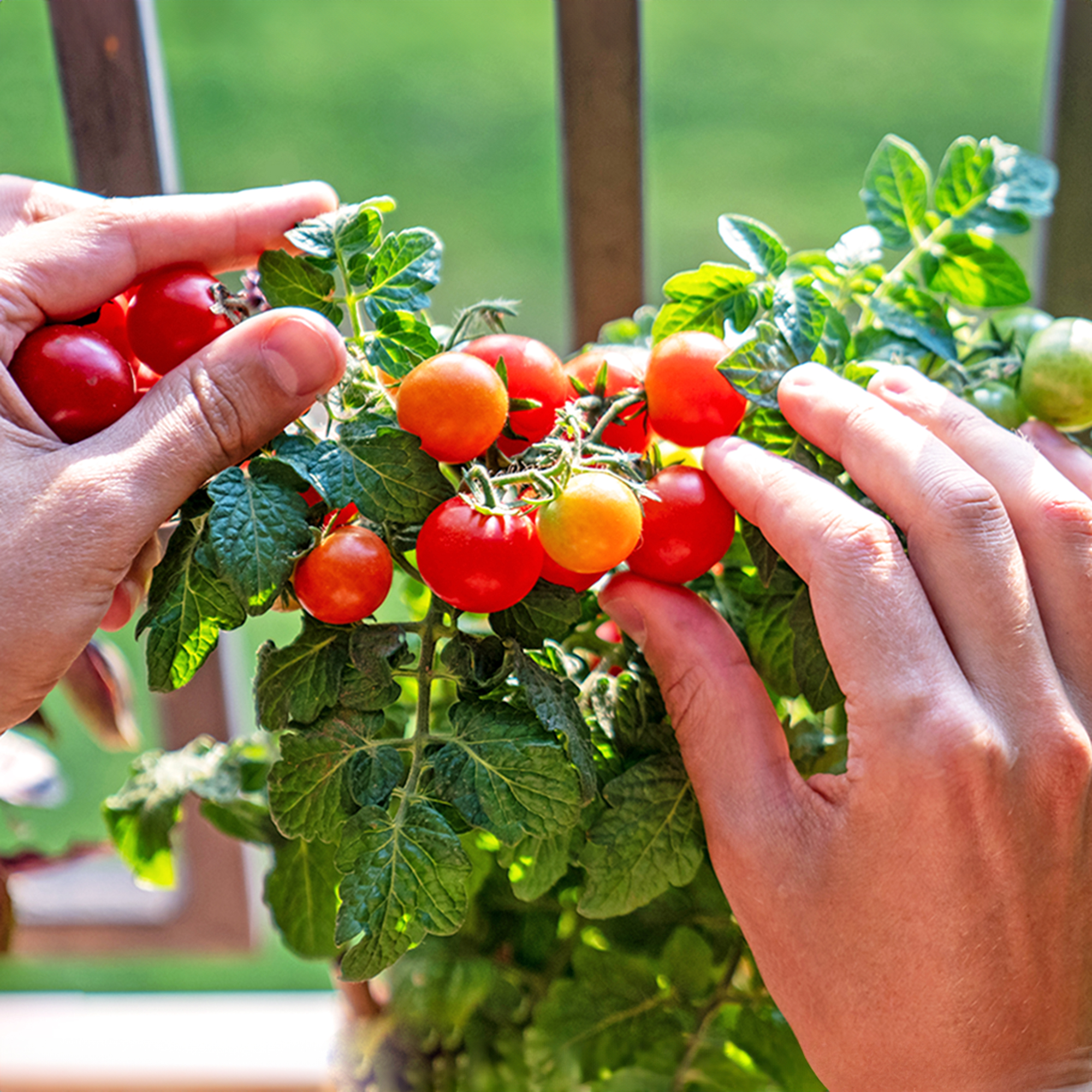 How To Grow Hydroponic Tomatoes For Fresh Indoor Harvests – No Soil Required
How To Grow Hydroponic Tomatoes For Fresh Indoor Harvests – No Soil RequiredLearning how to grow tomatoes in water is easy and allows you to harvest fresh-home-grown produce in every season without any mess.
By Ellen Wells
-
 8 Easy Care Houseplants That Live A Long Time
8 Easy Care Houseplants That Live A Long TimeClick here to learn about our 8 favorite low maintenance houseplants that can, with proper care, live a long time.
By Amy Grant
-
 How Often Should You Repot Plants?
How Often Should You Repot Plants?Escaping roots and shrinking leaves may mean your plant wants a new pot, but some like staying cramped and cozy.
By Mary Ellen Ellis
-
 Orange Flowering Houseplant Varieties With Tropical Flair
Orange Flowering Houseplant Varieties With Tropical FlairClick here to learn about some cheerful orange-blooming houseplants you can try growing.
By Mary Ellen Ellis
-
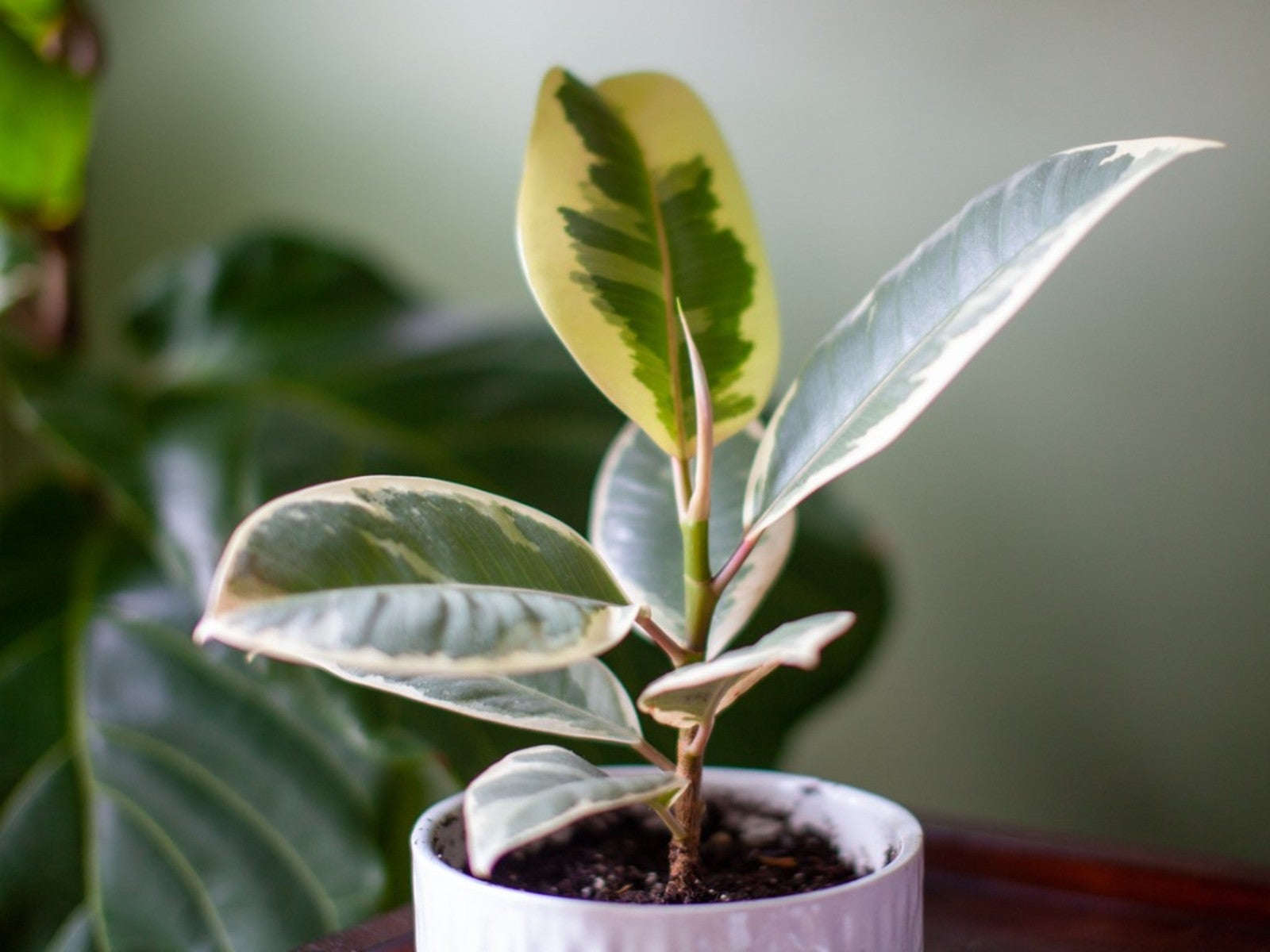 Variegated Houseplants With Lovely Leaves
Variegated Houseplants With Lovely LeavesWhat are some of the best variegated houseplants to add to your collection? Click here to find out.
By Amy Grant
-
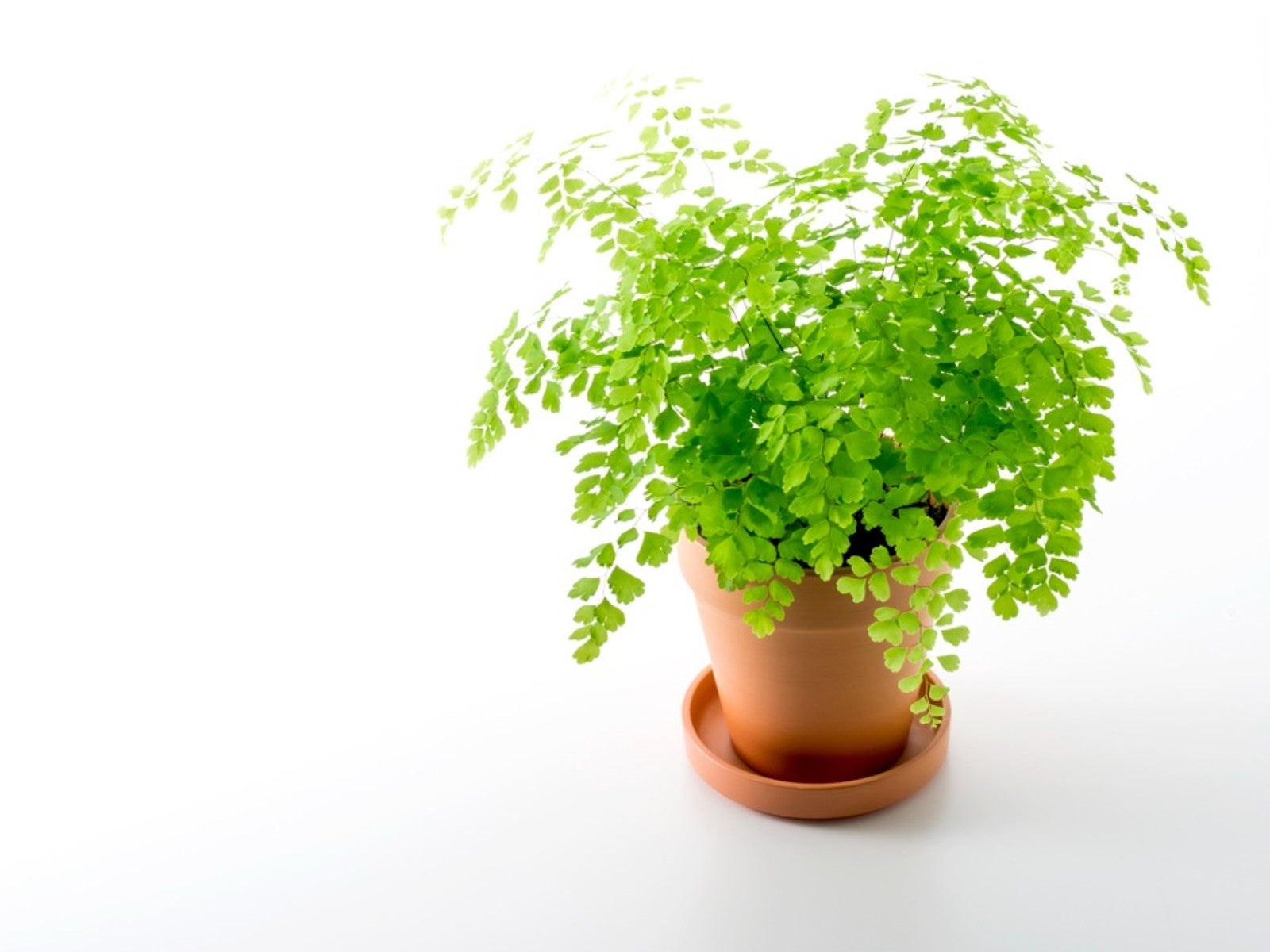 Lovely, Lacy Indoor Foliage Plants
Lovely, Lacy Indoor Foliage PlantsClick here to learn about some houseplants with lacy foliage to add to your collection.
By Mary Ellen Ellis
-
 Best Christmas Houseplants And Plants For Winter Holidays
Best Christmas Houseplants And Plants For Winter HolidaysClick here for an idea of the best houseplants to use for holiday décor for Christmas, Hanukkah, Kwanzaa, and New Year’s.
By Laura Miller
-
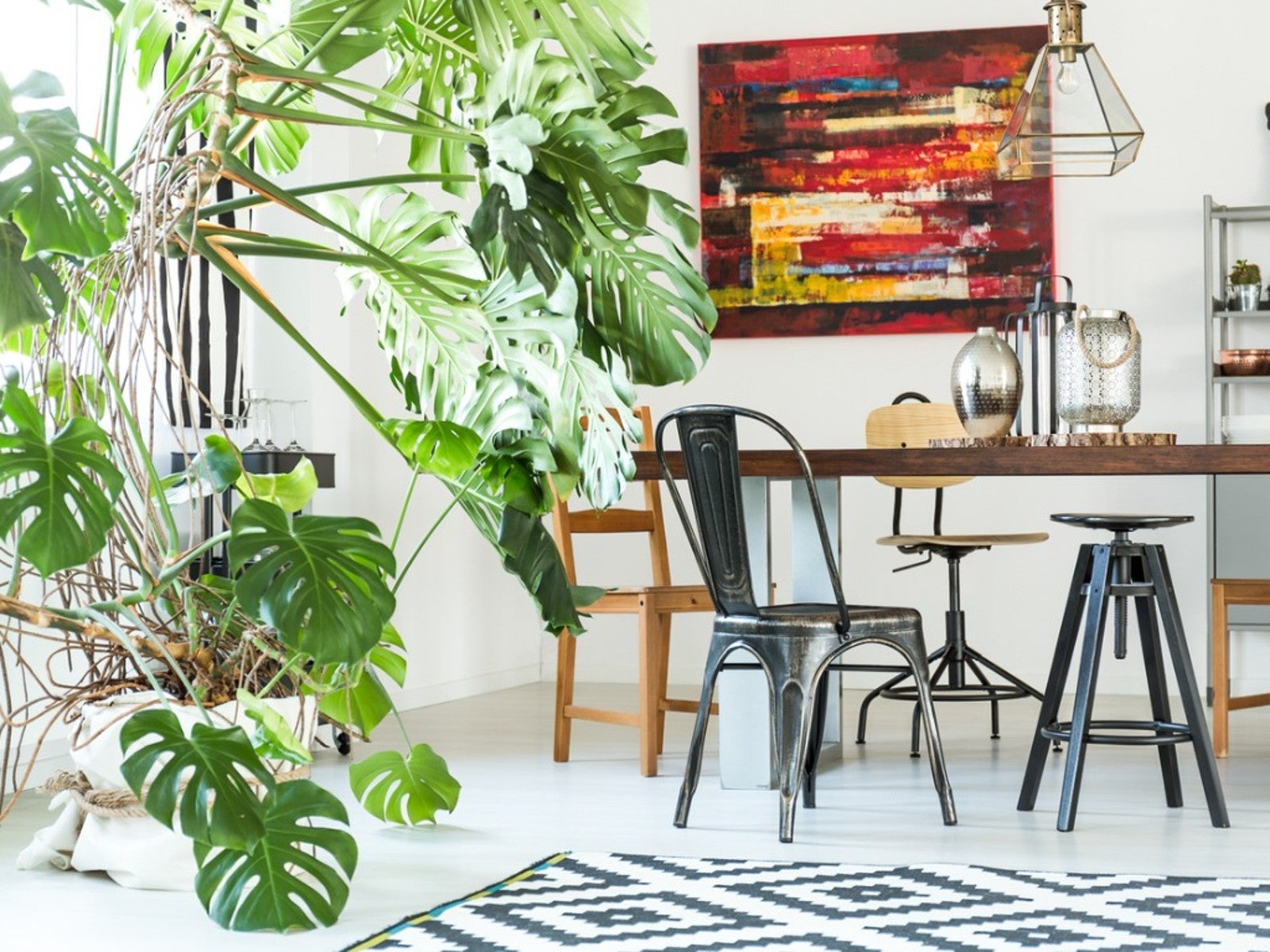 Best Big Houseplants To Create An Indoor Oasis
Best Big Houseplants To Create An Indoor OasisIf you have the space you may want to grow some large houseplants. Here are some ideas.
By Mary Ellen Ellis
-
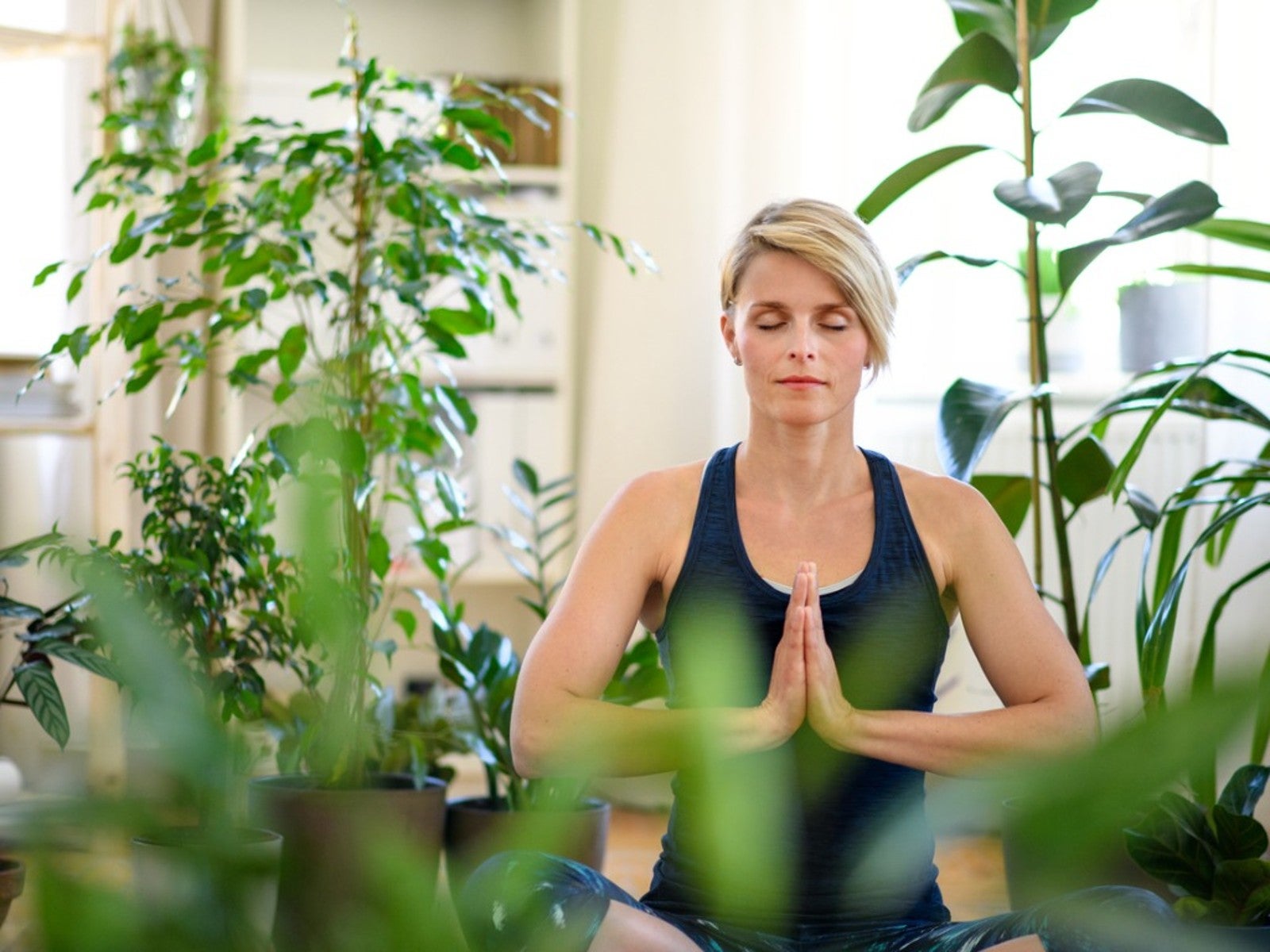 Relaxing Plants To Grow Indoors For A Calmer Mind
Relaxing Plants To Grow Indoors For A Calmer MindAre there houseplants that can help you to relax? Click here to find out.
By Laura Miller